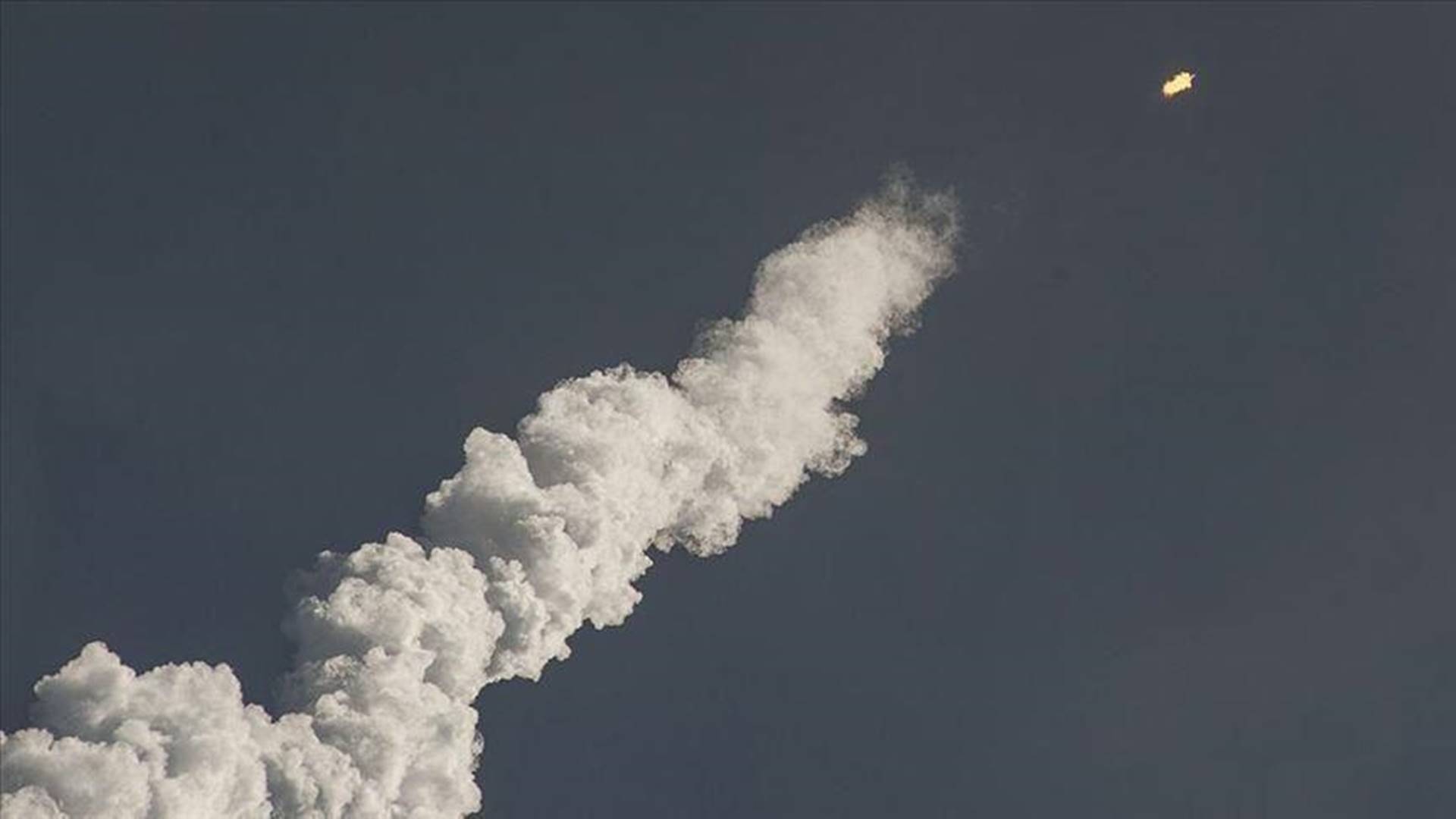Iran’s military, elite revolutionary guard corps recently held military drills with homegrown missiles, drones, submarines

Iran’s Islamic Revolutionary Guard Corps (IRGC) on Friday launched the first leg of a large-scale annual military exercise involving new generation ballistic missiles and bomber drones.
Codenamed “Great Prophet 15,” the drill in a central desert saw the presence of top military commanders including IRGC chief Gen. Hossein Salami and IRGC aerospace head Gen. Amirali Hajizadeh.
Iran nuclear crisis: Tehran to enrich uranium to 20%, UN says
A wide array of ground-to-ground ballistic missiles and drones were used to target “hypothetical enemy bases” during the first phase of the drill, official sources said.
Zolfaqar, Zelzel, and Dezful, the missiles with ranges of 200-1,000 kilometers (124-621 miles), which officials claim are “able to break through enemy’s defense systems,” were used in the drill.
The Great Prophet 15 military drill is held annually since 2008 by the IRGC, but this year it comes amid heightened tensions between Iran and the US.
Speaking on the sidelines of the drill on Friday, Gen. Salami said the “use of new technologies” had given a boost to new generation Iranian missiles, which are “able to hit all the targets accurately.”
US to impose ‘snapback’ sanctions on 24 targets linked to Iranian weapons
He said the “message” of the exercise is the “will of Iran to defend its national sovereignty,” indirectly referring to simmering tensions between Iran and the US in the Persian Gulf region.
Gen. Hajizadeh said Iran has “achieved a new capability” by testing new-generation missiles and drones “using artificial intelligence” during the ongoing exercise.
Amnesty: Protesters in Iran Flogged, Electrocuted, Sexually Abused
The IRGC and the Iranian military have held many war games in recent weeks, using different types of homegrown missiles, drones, submarines, military ships, and UAVs.
On Wednesday, Iran’s naval forces held a major drill in the Gulf of Oman, codenamed Eqtedar-99 (power), which was attended among others by the chief of army staff, Gen. Hossein Baqeri.
The Quiet Man in Stockholm Who Laundered China’s Oil Money for Iran
The forward base ship Makran and a missile-launching frigate Zereh were formally handed over to Iran’s navy during the drill.
The Makran, previously an oil tanker, has been described as the “biggest logistics vessel in the Middle East” with a length of 755 feet (230 meters), capable of carrying six to seven helicopters.
The Zereh missile-launching warship, known for its maneuverability and speed, has been called one of Iran’s powerful vessels equipped with advanced missiles and artillery.
Earlier last week, the IRGC held a naval parade in the Persian Gulf in which around 700 vessels were exhibited. During the parade, an underground anti-ship missile base was also unveiled along the shores of the Persian Gulf in the Hormozgan province.
These war games coincide with boiling tensions between Iran and the US in the final days of Donald Trump’s presidency after Washington dispatched warships and an aircraft carrier to the Persian Gulf.
There have been fears about Iran mulling options to avenge the killing of top military commander Qassem Soleimani and nuclear scientist Mohsen Fakhrizadeh.
While top military and political leaders have vowed revenge “at an appropriate time,” the present government led by Hassan Rouhani seems willing to make peace with the new US administration.
AA / Balkantimes.press
Napomena o autorskim pravima: Dozvoljeno preuzimanje sadržaja isključivo uz navođenje linka prema stranici našeg portala sa koje je sadržaj preuzet. Stavovi izraženi u ovom tekstu autorovi su i ne odražavaju nužno uredničku politiku The Balkantimes Press.
Copyright Notice: It is allowed to download the content only by providing a link to the page of our portal from which the content was downloaded. The views expressed in this text are those of the authors and do not necessarily reflect the editorial policies of The Balkantimes Press.
